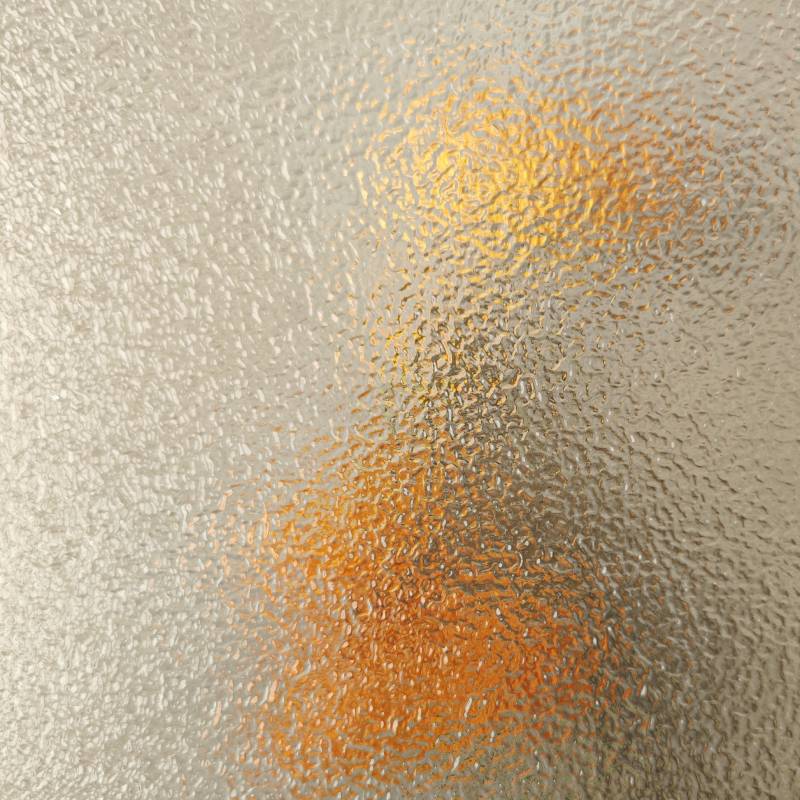

The Innovative World of Infrared Reflecting Laminated Glass
In recent years, the significance of energy efficiency and sustainability has gained momentum across various industries. One notable advancement in the field of construction and architecture is the emergence of infrared reflecting laminated glass. This remarkable material not only enhances aesthetics but also contributes to energy conservation, making it an essential choice for both residential and commercial applications.
Understanding Infrared Reflecting Laminated Glass
Infrared reflecting laminated glass is a specialized type of glass that incorporates a thin metallic layer in its construction. This layer is designed to reflect infrared radiation while allowing visible light to pass through. The result is a product that maintains a comfortable indoor temperature by preventing heat loss during colder months and excessive heat gain during warmer months. This thermal regulation is vital for achieving energy efficiency in buildings, as it reduces the reliance on heating and cooling systems.
The Composition and Manufacturing Process
The manufacturing process of infrared reflecting laminated glass involves several key steps. Initially, two or more layers of glass are bonded together using a polymer interlayer, which not only enhances safety and durability but also provides additional insulation. The reflective coating is applied using advanced vacuum deposition techniques, ensuring a uniform film over the glass surface. This meticulous process results in a product that boasts superior performance characteristics, such as UV protection and sound insulation.
Benefits of Infrared Reflecting Laminated Glass
1. Energy Efficiency One of the primary advantages of infrared reflecting laminated glass is its exceptional energy efficiency. By reflecting infrared radiation, it significantly reduces the amount of heat that enters or escapes a building. This function is particularly beneficial in climates with extreme temperatures, as it helps maintain a comfortable indoor environment while lowering energy costs.

2. Comfort and Aesthetics Infrared reflecting laminated glass not only improves energy savings but also enhances the comfort of indoor spaces. The reduction in glare and UV exposure contributes to a more pleasant atmosphere, making it suitable for homes, offices, and public buildings. Additionally, the glass can be manufactured in various tints and finishes, allowing architects and designers to create visually appealing structures that complement their surroundings.
3. Safety and Security The laminated structure of this glass type adds an extra layer of safety and security. In the event of breakage, the interlayer holds the shattered glass fragments together, minimizing the risk of injury. This feature makes it an ideal choice for high-traffic areas or locations prone to severe weather conditions.
4. Environmental Impact With growing concerns about climate change and environmental sustainability, incorporating infrared reflecting laminated glass in construction projects aligns with green building practices. By reducing energy consumption, this glass type contributes to lower carbon emissions and less reliance on non-renewable energy sources.
Applications of Infrared Reflecting Laminated Glass
The uses of infrared reflecting laminated glass are diverse. In residential settings, it is frequently employed in windows, doors, and skylights to enhance energy efficiency without compromising on style. In commercial buildings, its application ranges from storefronts to office partitions, where both aesthetic appeal and energy savings are paramount. Additionally, it is becoming increasingly popular in automotive manufacturing, particularly in luxury vehicles, to improve thermal comfort for passengers.
Conclusion
Infrared reflecting laminated glass represents a significant leap forward in building materials technology. Its unique combination of energy efficiency, safety, aesthetic versatility, and environmental benefits makes it a standout choice for modern architecture. As the demand for sustainable construction solutions continues to grow, infrared reflecting laminated glass stands at the forefront, facilitating a more comfortable, energy-efficient, and aesthetically pleasing built environment. Whether in residential homes, commercial buildings, or vehicles, the impact of this innovative glass is undeniable, paving the way for a brighter, more sustainable future.